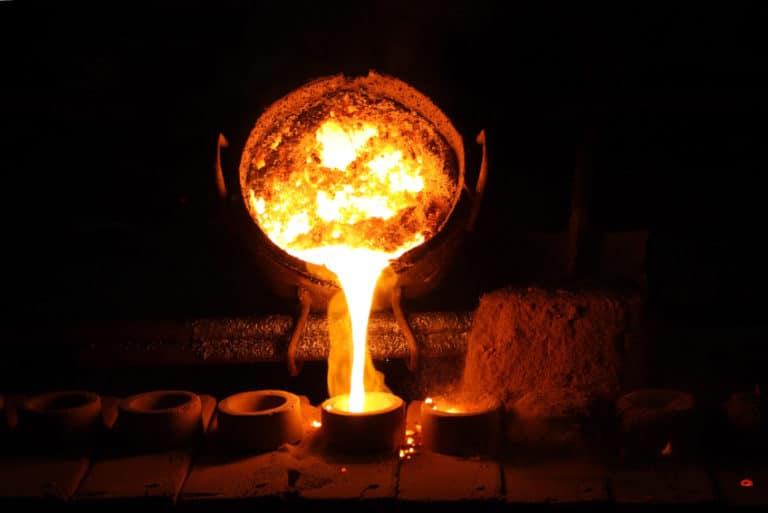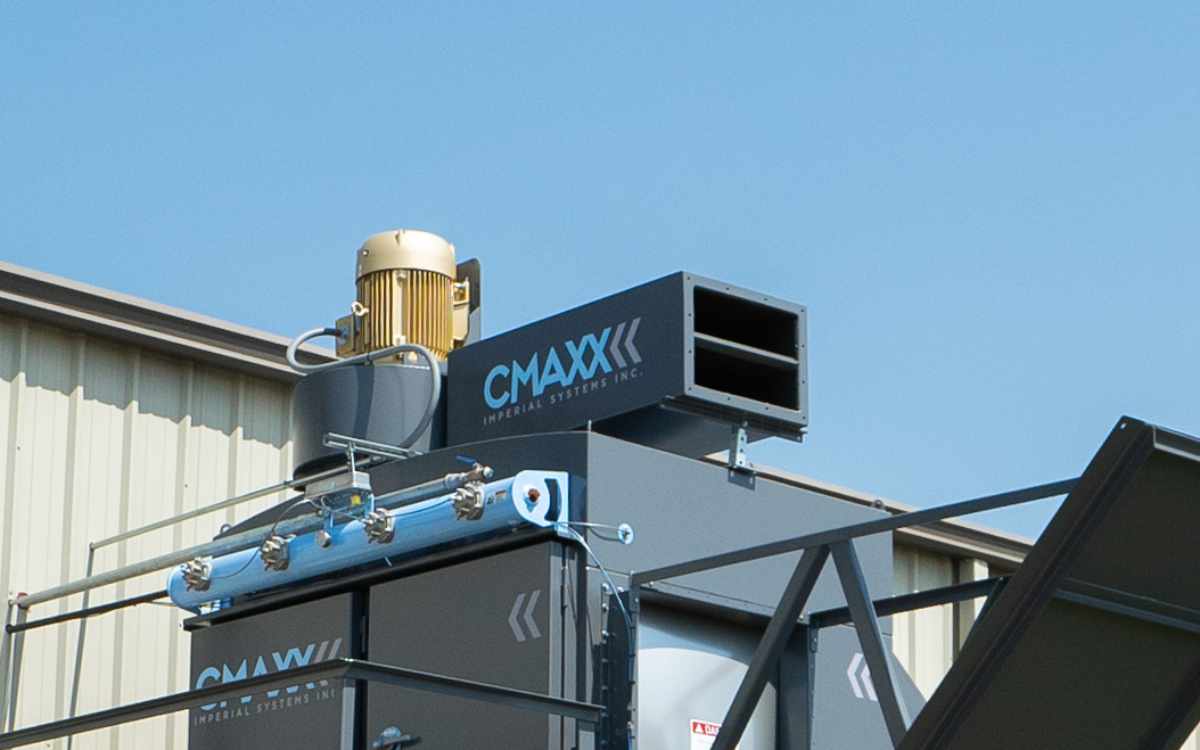WILL A 500% TARIFF ON CHINESE STEEL HELP OR HURT AMERICAN JOBS?
There are no easy answers. We work with many companies in the steel industry, but we also work with many companies that use steel in their manufacturing. We manufacture our own CMAXX dust and fume collectors with steel, so things that affect these industries affect us directly and indirectly. We feel that it’s important to understand all sides of this issue, since many of our customers are impacted by it.

In the struggle to help American steel compete against cheaper foreign imports, the government has imposed tariffs and taxes on steel imports. With rising tensions between the US and China, the tariff on some types of imported Chinese steel has been raised to nearly 500%. It’s another round in a fight that’s been going on for decades.
When steel from overseas is made more expensive, American-made steel can be more competitive. This allows the steel industry to keep jobs that might otherwise have been lost.
On the other hand, this makes steel more expensive for industries that buy and use it. Many companies argue that while jobs in the steel production industry have been saved, more jobs in the manufacturing and construction industries may be lost due to higher costs.
It’s this conflict that led the Wall Street Journal to call the tariffs “a double-edged sword”. The steel industry supports them. Other industries, such as automotive manufacturers, feel that raising the price of steel hurts US jobs and makes products more expensive for consumers. If overseas companies have access to cheaper steel, they can make cheaper products.
It’s not just the US imposing these tariffs. The European Union did the same when China and Russia “dumped” steel into the international market, selling it at an artificially low cost to drive market prices down. The EU imposed tariffs on China, Russia, South Korea, and several other countries in response to what some people have called economic warfare.
How can China afford to “dump” steel into the market at such low prices?
China manufactures a huge chunk of the world’s steel supply. While their economy was growing and needed steel to sustain that growth, they produced a lot of steel. With the economy slowing down, China found itself producing more steel than it could use. Their solution has been to flood the market, forcing other countries to either cut production or cut prices.
Automotive manufacturers and representatives of other industries that buy and use steel have to pay more as prices go up. Representatives argue that driving up the cost of steel hurts companies and forces them to cut jobs or close their doors. The Consuming Industries Trade Action Coalition Steel Task Force announced in 2002 that the US economy lost $4 billion in jobs and wages over a ten-month period because of increased steel prices due to tariffs. The long-term effects of the more recent tariffs remain to be seen, but many are concerned that more job losses are coming. Small businesses struggle more than larger ones to handle increased costs, and many jobs lost are from this area.
The steel industry, however, needs this economic protection in order to save jobs, both in the United States and in Europe. U.S. Steel lost $1.5 billion in 2015, and there are hopes that the new tariffs will help the company and others survive. People who support the tariffs argue that prices were only low before because of the over-production of steel internationally, and that the tariffs stabilize prices where they should be.
There is not one simple answer for these problems. In a global economy, there’s no way to escape the constantly changing forces of supply and demand. If there is more steel in the worldwide market than the market demands, prices drop and countries where production is cheaper often have an advantage. Protecting jobs is a challenge when competing with countries around the world, and there isn’t one clear solution to the problem.
http://www.wsj.com/articles/u-s-steel-tariffs-create-a-double-edged-sword-1464740256
http://money.cnn.com/2016/03/30/news/economy/tata-steel-china/?iid=EL
http://money.cnn.com/2016/05/18/news/us-steel-china-trade/
http://www.cnbc.com/2016/05/20/china-steel-overcapacity-war.html
http://triblive.com/business/headlines/10263460-74/steel-workers-salaried


